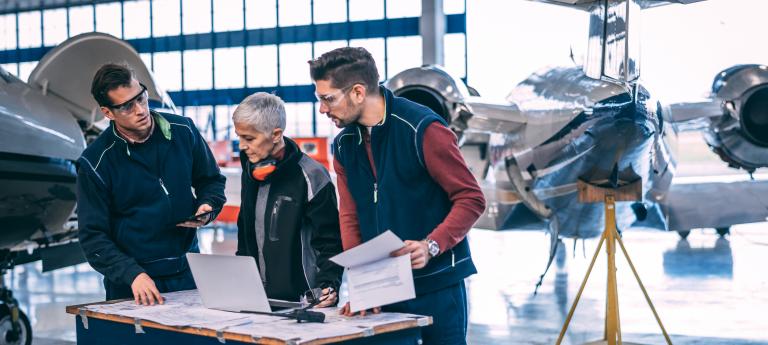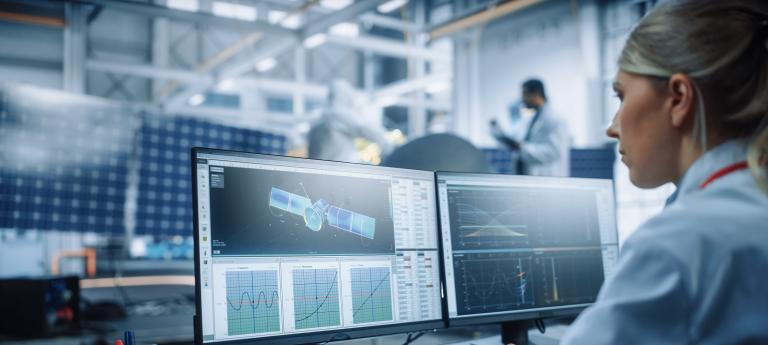What to Expect
If you come into our program directly following an undergraduate program, you can expect to invest about five years working on your PhD; if you enter with a master’s degree, you can complete your PhD in four years.
Currently, we offer five curricular tracks:
- Biomechanics
- Dynamics, Control and Manufacturing
- Fluids and Thermal Sciences
- Solid Mechanics
- Online and other courses
While each track varies in focus, all programs of study must include a minimum of 18 credit hours of thesis research, six breadth and basic science courses and six graduate-level courses in mechanical or aerospace engineering. Usually, these courses follow a logical development of a branch of mechanics, dynamics and design determined in conjunction with your dissertation advisor to meet the objectives of your dissertation research topic.





